Located in the eastern gateway of the ancient capital Hoa Lu, the cave temple dedicated to the deity Thien Ton is one of four spiritual guardians known as the “Hoa Lu Four Pillars.” This unique site preserves centuries of cultural and religious heritage.
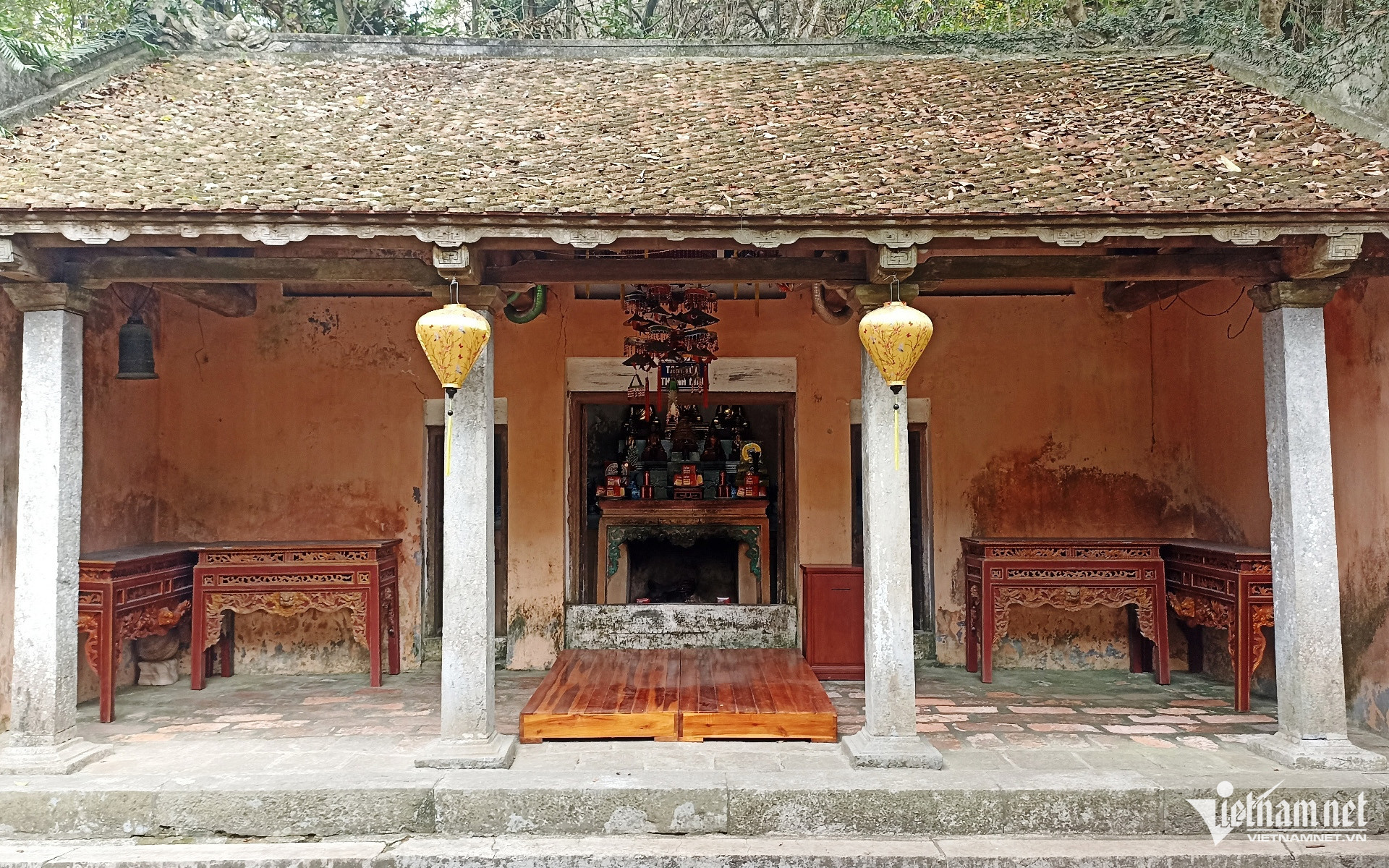
Ancient Thien Ton Pagoda in the cave temple complex.
Thien Ton Pagoda and Cave sit at the foot of Dung Duong Mountain, in what is now Ninh My Ward, Hoa Lu City, Ninh Binh Province. This complex lies within the historical and cultural relic area of the former capital.
The cave venerates the deity Thien Ton, a legendary figure in 10th-century Hoa Lu lore. According to legend, prior to unifying the country by defeating the Twelve Warlords, Dinh Bo Linh entered the cave to present offerings and pray for the deity’s support.
After ascending the throne, he ordered the renovation of the temple, statue casting, and officially conferred the title “An Quoc Ton Than” (Peaceful Nation Honored Deity) upon Thien Ton. He also constructed the Tien Te Hall and Kinh Thien Platform to welcome foreign envoys before their audience with the king.
According to folklore, Thien Ton was originally a prince named Huyen Nguyen, born on the 3rd day of the 3rd lunar month in the 25th year of the Khai Hoang era (625 AD). The prince, known for his extraordinary strength, traveled the world before retreating into Dung Duong Mountain to meditate for 42 years. After attaining enlightenment, he was deified as commander of the heavenly army and descended to earth to quell chaos and banish evil.
In 938, Grand Tutor Cao Bien of the Tang Dynasty (China) commissioned the construction of a temple at the cave entrance. A statue of the deity was carved, depicting him wielding a sword while standing on a turtle and snake. He was bestowed the title “Tran Vu An Quoc Dai Vuong” (Grand Lord Tran Vu, Defender of the Nation).
The Thien Ton Cave Temple is one of the four sacred sites of the ancient Hoa Lu citadel, each guarding one of the cardinal directions: East, West, South, and North. Thien Ton is the guardian of the East.
Historically, the cave's location was considered a place of mystical beauty and strategic strength. The harmonious balance of mountains and rivers made it a favored outpost of both Emperor Dinh Tien Hoang and Emperor Le Dai Hanh for the defense of Hoa Lu.
Even after the capital moved to Dai La, Emperor Ly Thai To continued to commission major architectural works at the site. Subsequent dynasties, including the Tran, maintained and restored the area, recognizing its cultural and spiritual importance.
Today, Thien Ton Cave houses many invaluable artifacts, including 18 statues of the Arhats, intricately carved incense tables, and altars adorned with motifs such as twin dragons chasing the moon, phoenixes, and floral patterns.
Among these treasures is a particularly remarkable relic: a large bronze bell with four knobs that produce four distinct tones. According to the Ninh Binh Tourism Promotion Information Center, this bell was cast during the Canh Hung era (1740–1786) and remains an acoustic marvel.
 |
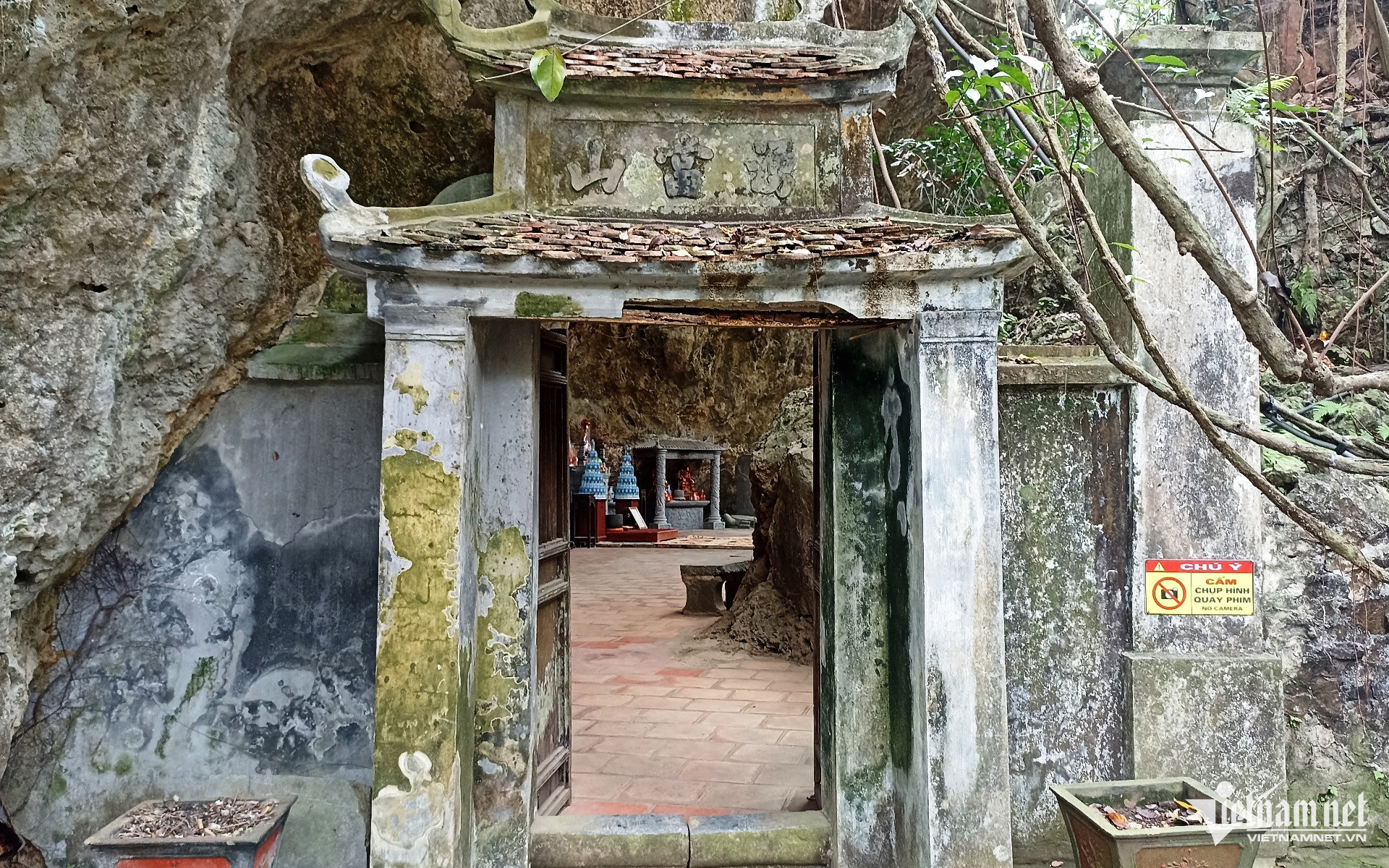 |
Thien Ton Cave and Taoist worship altar.
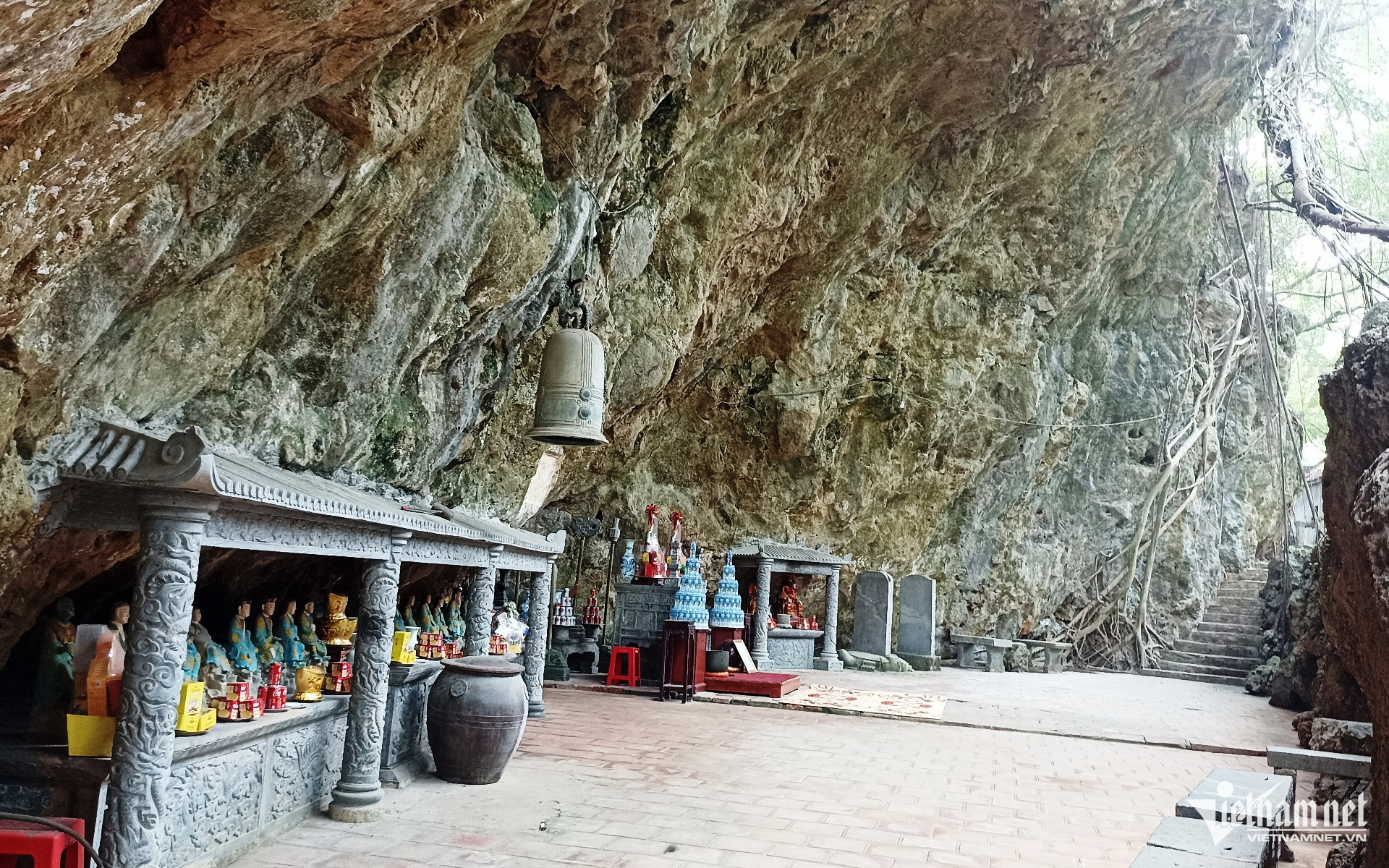
Statues of 18 Arhats lining the left corridor of the cave.
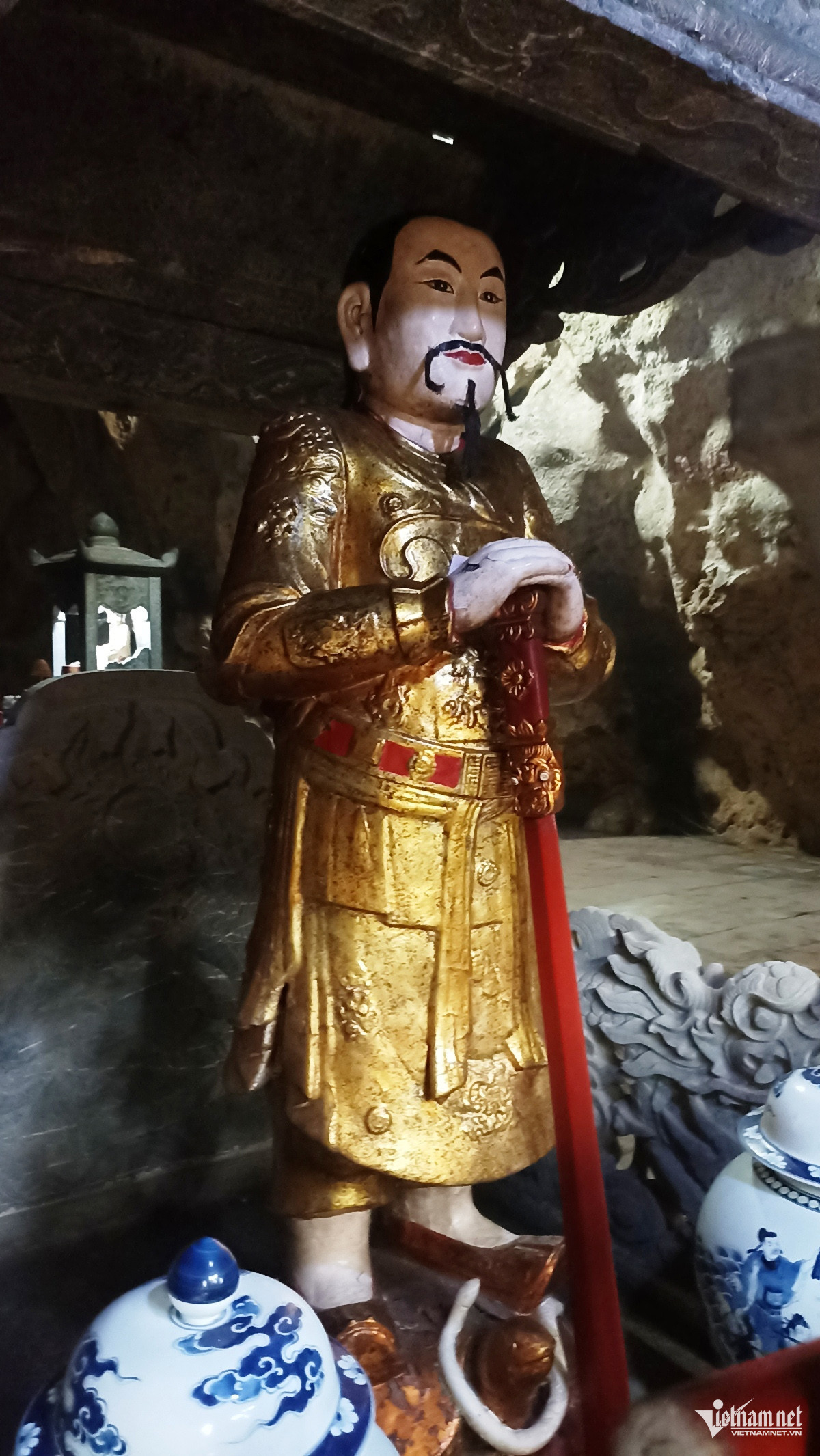
Statue of deity Thien Ton with sword, standing on turtle and snake.
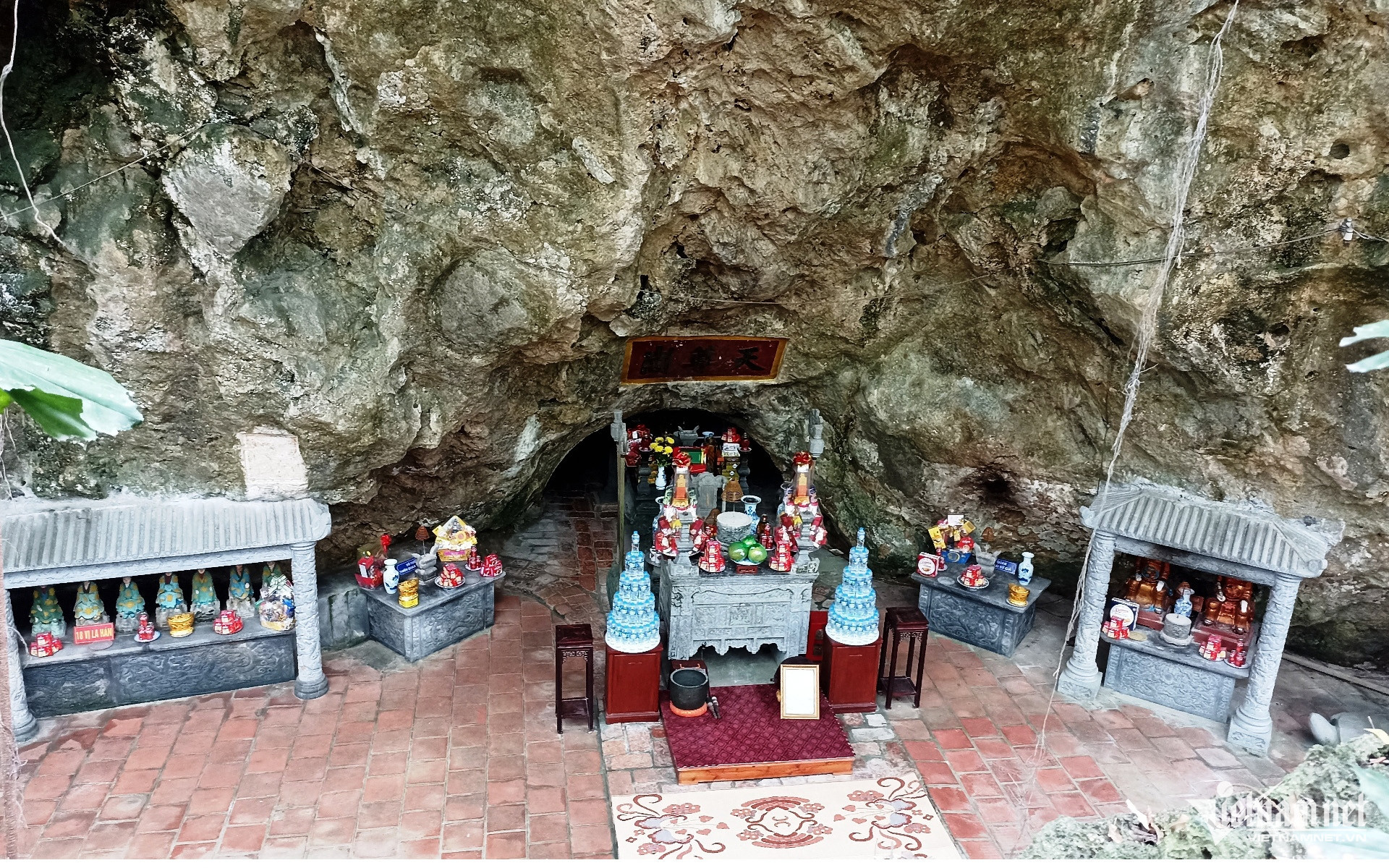
Roof vault and temple chambers inside the cave viewed from above
 |
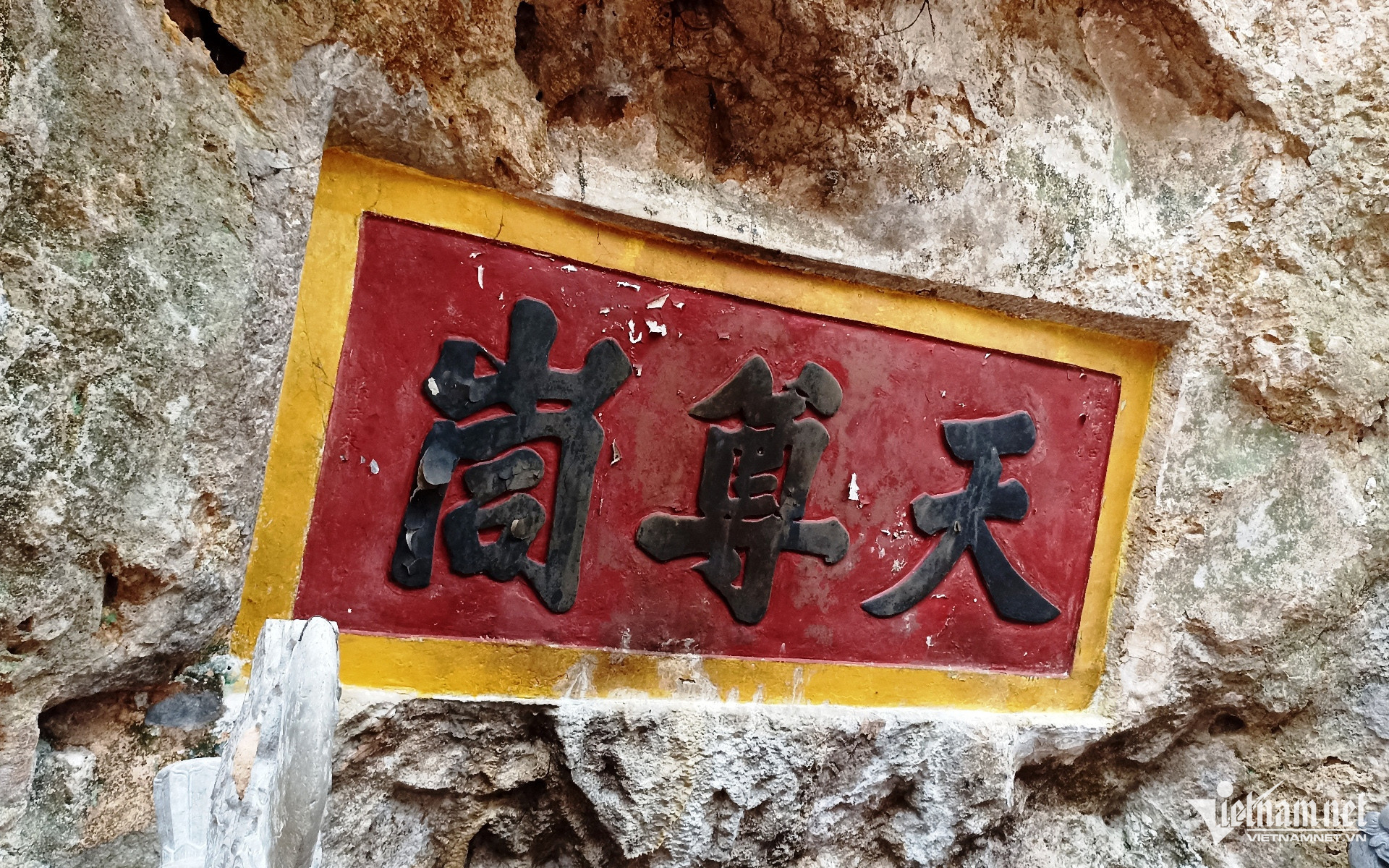 |
Intricately carved altar details in Thien Ton’s shrine
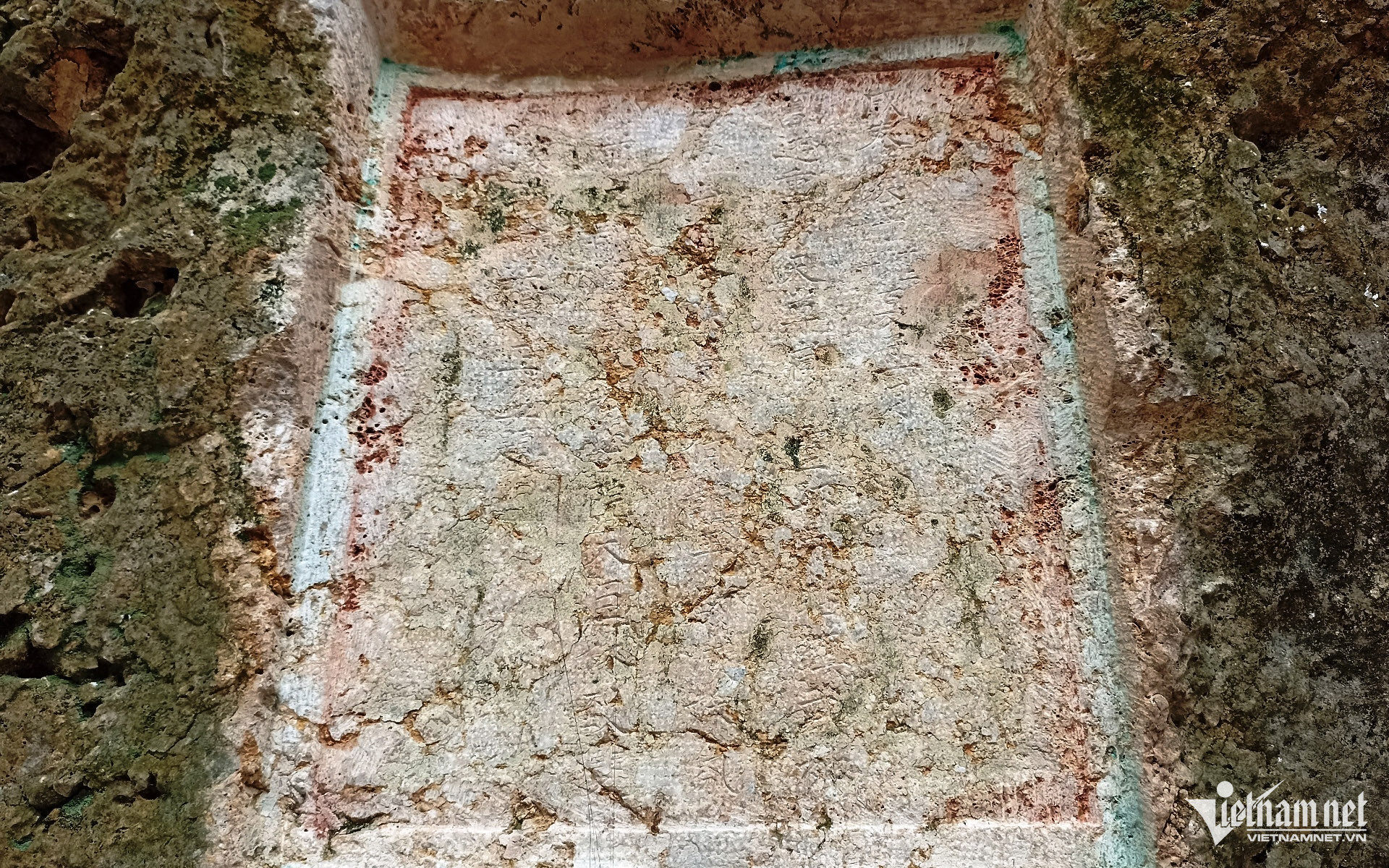
Eroded inscription carved into the rock wall.
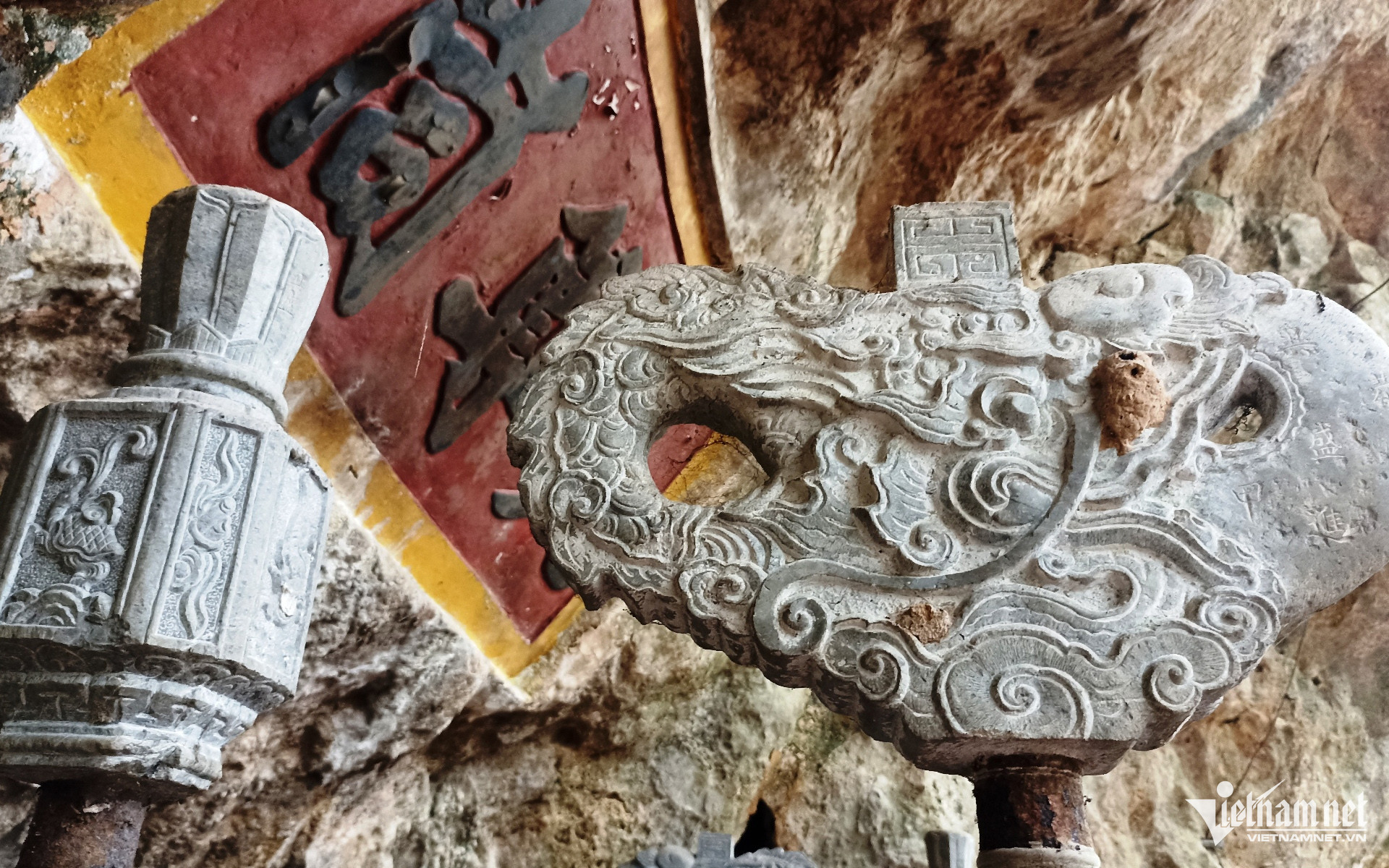
Intricately carved altar details in Thien Ton’s shrine.
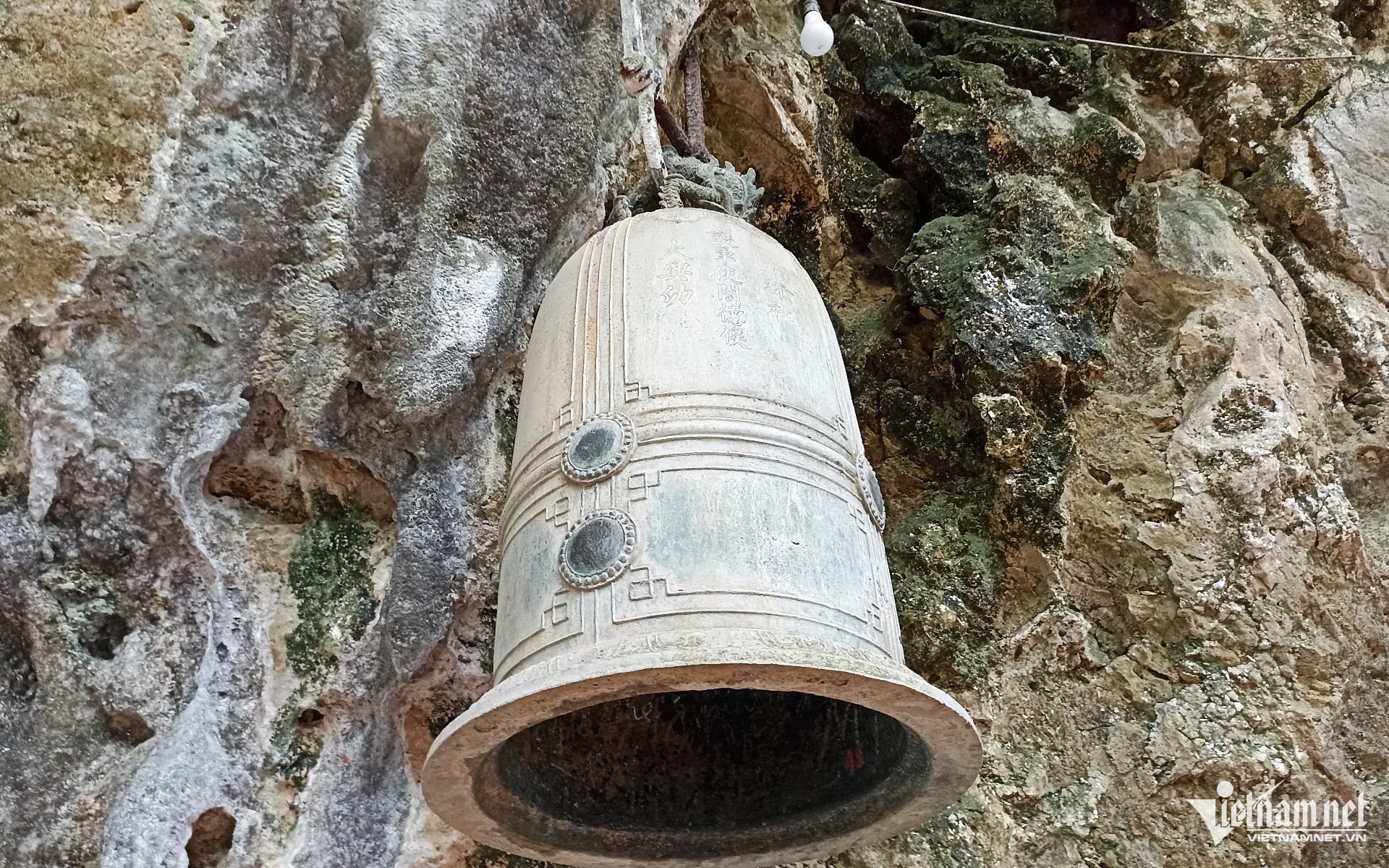
The ancient bell with four knobs, each producing a unique tone.
Tran Nghi